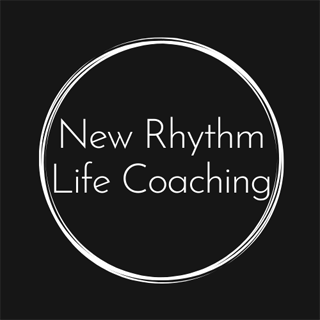1 Single Step to Control the Urge to Eat While Homebound During the COVID-19 Pandemic
The Coronavirus has caused a lot of fear and anxiety producing thoughts.
With the stay-at-home orders, or choice to self-quarantine at home, this home life is becoming a new reality for us, and many are finding themselves feeling bored.
Many parents, with their school-aged kids now at home and learning virtually, are feeling stressed from thoughts about how they will juggle managing their kids and completing their own work.
Fear, anxiety, uncertainty, stress and boredom don’t particularly feel good.
Food is amazing, and what better way to feel better than to eat.
Dopamine, the feel good neurotransmitter in our brain, is released every time we eat.
Not all food is created equal; foods made with refined flour and/or sugar produce an unnatural release of dopamine in the brain.
Healthy foods produce a normal release of dopamine.
Think about the pleasure you get from eating a chicken breast versus a piece of chocolate cake…doesn’t even compare!
When we eat foods that unnaturally release dopamine, like chocolate cake, we get a larger reward, an over-reward, than we need from food, and our desire is increased.
Humans by design are programmed to desire, and our desire for food is based on a healthy release of dopamine in the brain.
Desire has served us; our brain is designed to be rewarded for life preserving activities.
Desire compels us to do something and to learn.
The more we desire, the faster we learn, and the larger the reward, the faster we repeat that action.
When foods are refined, however, causing an unnatural release of dopamine, it leads our brain to believe that concentrated foods are much more important to eat than they really are.
We then experience overdesire and our brain creates an unjustified sense of urgency and importance for food.
The brain doesn’t know the difference between useful desire and harmful desire.
Desire is created with our thoughts—thoughts like:
“I want that.”
“I deserve that.”
“That will taste amazing.”
“I have been good all day.”
“I’m bored.”
“It’s been a stressful day—I deserve that.”
“I’ve worked hard today—I earned that.”
“I’ve had a long day.”
This desire created with our thoughts then drives action, and we eat.
When we eat, we receive a reward (dopamine), and a new neural pathway is created.
New neural pathways that get repeated become unconscious, and as in this case, we eat without thinking about it.
The unconscious habit created can often cause you to feel like you’re out of control and eating against your own will.
So now that we understand our desire to eat to feel better during our current circumstances, how do we control the urge to eat while homebound?
1 single step—you ALLOW the urge.
What does allowing look like? Allowing is being with the feeling without rewarding it with food.
When you allow the desire to be there without rewarding it, over time and with repetition, it vanishes.
It is uncomfortable to allow urges, and that’s okay—discomfort is a valued and necessary part of the human experience.
Life is supposed to be a balance of negative and positive emotion—we need both to enjoy the full human experience.
We can’t be happy 100% of the time because there is no happy without sad.
It’s okay to feel bored, fear, anxiety, and stress.
These emotions are just a vibration in your body.
Problems arise when we react to emotions by giving in and eating.
Problems also arise when we resist emotions by “white knuckling” it which leads to anxiety.
Resisting is like trying to hold a large beach ball under water. It takes a lot of effort and only works for a short period of time, so it is not sustainable. When it does finally pop out of the water, it rises with great force.
How to allow the urge to eat:
Pause before opening the refrigerator or pantry to eat.
Notice your thoughts in that moment that are creating the urge to eat.
Notice what you’re experiencing in your body:
· Where in your body are you experiencing the urge?
· Is it moving fast or slow?
· Is it hot or cold?
· Does it have a color?
· Does it have a texture?
· Is it staying in one location in your body or is it moving around?
Noticing what is going on in the moment, observing yourself, creates distance between the experience and the feeling it’s creating.
Give yourself 10 minutes to fully experience the urge.
When you successfully allow an urge, write it down.
Collect 50 allowed urges, and I promise you, once you collect 50, the urge will disappear.
